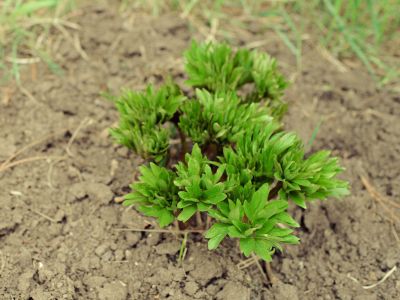Peony Foliar Nematode Symptoms
If you have peonies with leaf discoloration, you could have a peony leaf nematode eating them. Foliar nematodes, those that feed on leaves rather than roots, are species of Aphelenchoides. They are tiny and you won’t identify them without a microscope, but there are clear signs of their infestation on peonies:
Discolored sections of leaves that are bound by the veins, forming wedge shapes
Discoloration that begins yellow and turns reddish purple or brown
Damage and discoloration on older leaves first, spreading to younger leaves
Leaf discoloration appears in late summer and fall
The discoloration caused by foliar nematodes creates different patterns based on the veins in a plant’s leaves. Those with parallel veins, like hostas, will have stripes of discoloration. Foliar nematodes on peonies tend to make a patchwork pattern of wedge-shaped areas of color.
Managing Foliar Nematodes on Peonies
Although it doesn’t look very attractive, the discoloration caused by these nematodes is not usually that damaging to the peony plant. The plants should survive, especially the later in the season the symptoms appear, and there isn’t anything you have to do. However, you may want to take steps to prevent this infestation in your peonies or try to get rid of it once you see the signs. Foliar nematodes move from one leaf and plant to another by water. They can also spread when you take cuttings and divisions and move them around the garden. To prevent the spread of foliar nematodes on peonies, avoid splashing water and limit moving plants. If you see the symptoms on one plant, you can pull it up and destroy it. When you first plant peonies, be sure you select healthy, disease-free certified plants. For residential growers, there are no nematicides available. You have to be specially certified and a commercial grower to use these chemicals, so your options for control are limited to organic means, such as removing and destroying plants and debris – which is better anyway.
